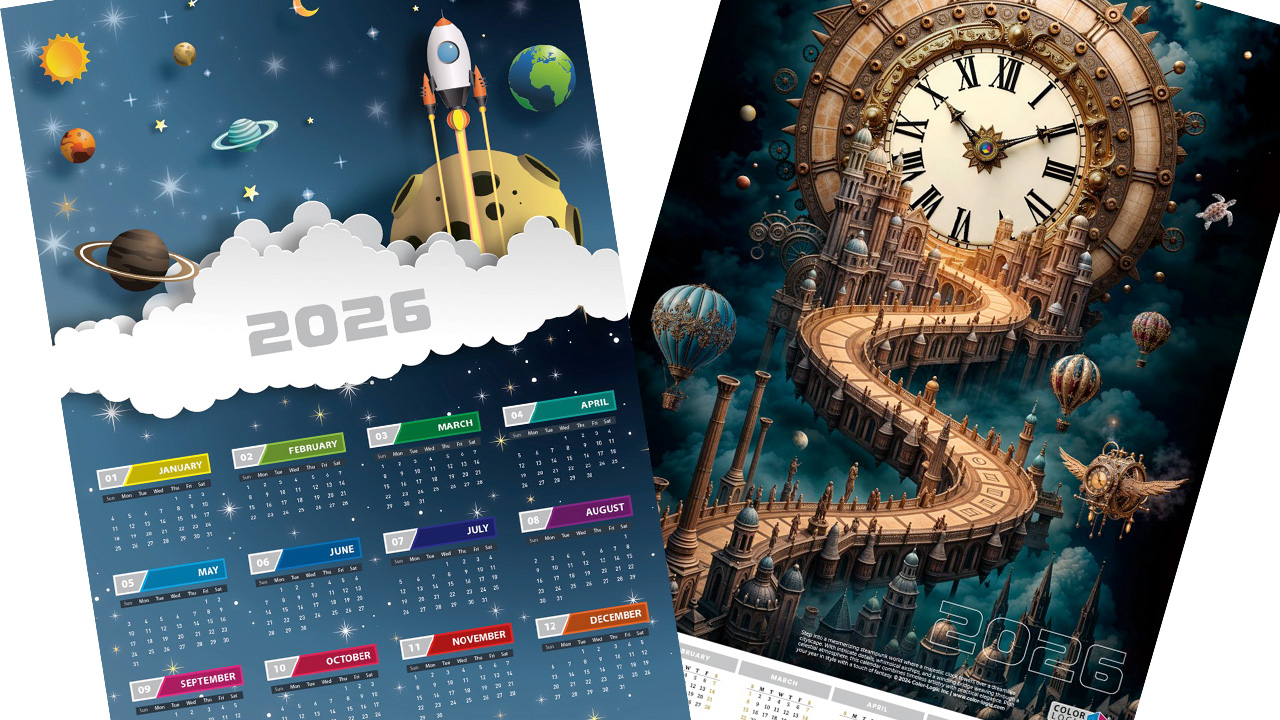Andy Thomas-Emans column: New opportunities in commercial print

I pose this question because the retail landscape is undergoing a seismic shift, with start-up ‘challenger’ brands taking on the established global players and carving out new niches, especially amongst younger, more social media savvy and lifestyle-conscious consumers. These brands do not have the in-depth technical knowledge or networks of the bigger brands when specifying labels and packaging, and this opens up opportunities to offer a wider range of products alongside labels.
“Does this mean less emphasis on labels? Not at all. Just as with flexible packaging, diversification into new sectors of brand-related print supports and enhances a converter’s label business”
The label converting industry has always adapted to new decoration technologies, whether wet-glue label printers moving into self-adhesives and shrink sleeves, or self-adhesive label converters moving in the other direction into flexible packaging and shrink sleeves. Could the commercial print sector be the new frontier of opportunity?
I am currently involved in organizing a new commercial print show called Brand Print which will run alongside Labelexpo. Brand Print will run as a pavilion inside Labelexpo Southeast Asia in Thailand in May and then co-located with Labelexpo Americas in Chicago in September.
Brand Print is an exhibition which looks at all the ways brands use print as part of an integrated omnichannel marketing campaign. This hugely diverse range of products includes direct mail, brochures, outdoor and indoor graphics, fleet graphics, gifting and promotional packaging, collation packs, corrugated in-store display units, direct to container and 3D printing.
So are there opportunities for label converters in what, up to now, has been regarded as the ‘commercial’ print market?
For some years I have seen an increasing take-up of wide format inkjet printers by label converters, and suppliers like Roland DG have been promoting these machines at Labelexpo for many years. Typical applications have included ultra-short runs of self-adhesive label sheets and color-managed proofs for offset, flexo and digital presses. But what about the applications typical in the commercial wide format market, like in-store point-of-sale (POS) displays, floor graphics, outdoor graphics and so on?
Label converters are unlikely to find a market for these products with global brands, who either have their own inhouse operations or established commercial print suppliers. But the ‘challenger’ brands are far less likely to have an established supply chain for their full range of marketing collateral needs. These might include in-store display units, signage, indoor and outdoor graphics, and even stand graphics and brochures to take to trade shows.
So wide format is the most likely crossover point for the label and ‘commercial’ print sectors, but it is not the only one.
Digital technology is opening up new opportunities to play in print sectors which previously required a huge investment in conventional print and converting equipment. Short run, high value cartons are a great example. Expect to see at future Labelexpo shows – particularly where co-located with Brand Print – an increasing presence of digital carton presses and digital embellishment technology.
Does this mean less emphasis on labels? Not at all. Just as with flexible packaging, diversification into new sectors of brand-related print supports and enhances a converter’s label business. The more products you can offer, the ‘stickier’ your business becomes.
Widening your range of products also makes it more likely a customer will accept you becoming manager of their digital assets. This of course means investment in digital asset management (DAM) infrastructure, but these products are widely available from existing suppliers of pre-press or MIS software, and you are probably already responsible for version management, sign-off and archiving, so offering a full DAM is not an impossible leap.
For the client – particularly the smaller challenger brand – this is a big weight off their shoulders. You are now handling their brand image across multiple products and substrates, ensuring correct color management between labels, flexible packaging, instore displays and outdoor graphics. Rapid changes can be made to all these assets as the brand shifts marketing focus or introduces new product variants
Stay up to date
Subscribe to the free Label News newsletter and receive the latest content every week. We'll never share your email address.


